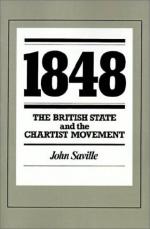|
This section contains 8,155 words (approx. 28 pages at 300 words per page) |

|
SOURCE: "Aesthetic Problems of the Development of the Proletarian-Revolutionary Novel in 19th-century Britain," in Zeitschrift für Anglistik und Amerikanistik, Vol. 11, No. 3, 1963, pp. 248-64.
The following excerpt offers a Marxist analysis of the tension between aesthetic value and political purpose in Chartist fiction, with an extended discussion of Thomas Wheeler's Sunshine and Shadow.
What strikes one when analysing working-class literature in Britain prior to the appearance of our first mature proletarian novel, The Ragged Trousered Philanthropists, in the 1900s, is the gap in aesthetic achievement between the lyrical poetry and the imaginative prose. The poetry of Ernest Jones, Massey, Linton, Robert Brough, Francis Adams, Jim Connell, William Morris, Tom Maguire, etc. preserves and continues the best in the revolutionary-romantic tradition and at times attains and even surpasses the achievements of contemporary bourgeois poets; the novels of Jones, Wheeler, Bramsbury and others, on the other hand, while making tremendously...
|
This section contains 8,155 words (approx. 28 pages at 300 words per page) |

|


